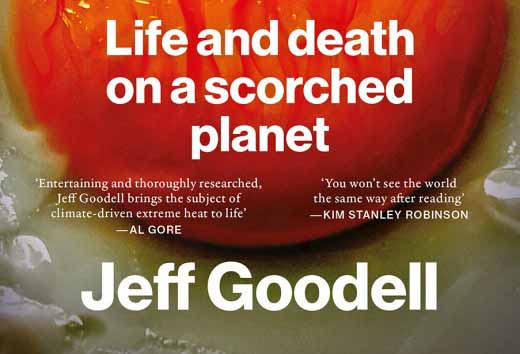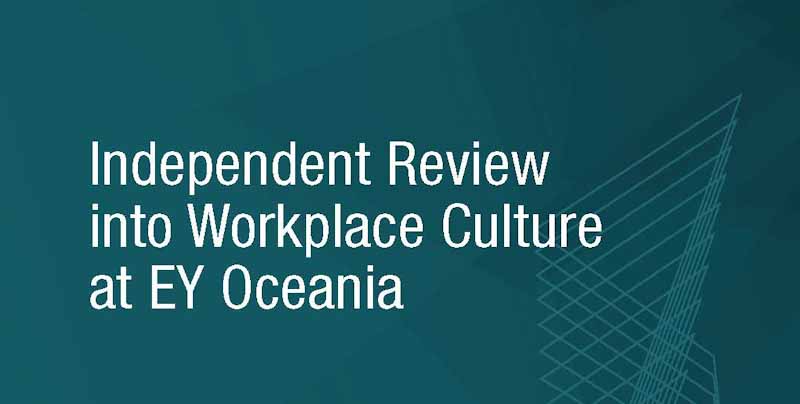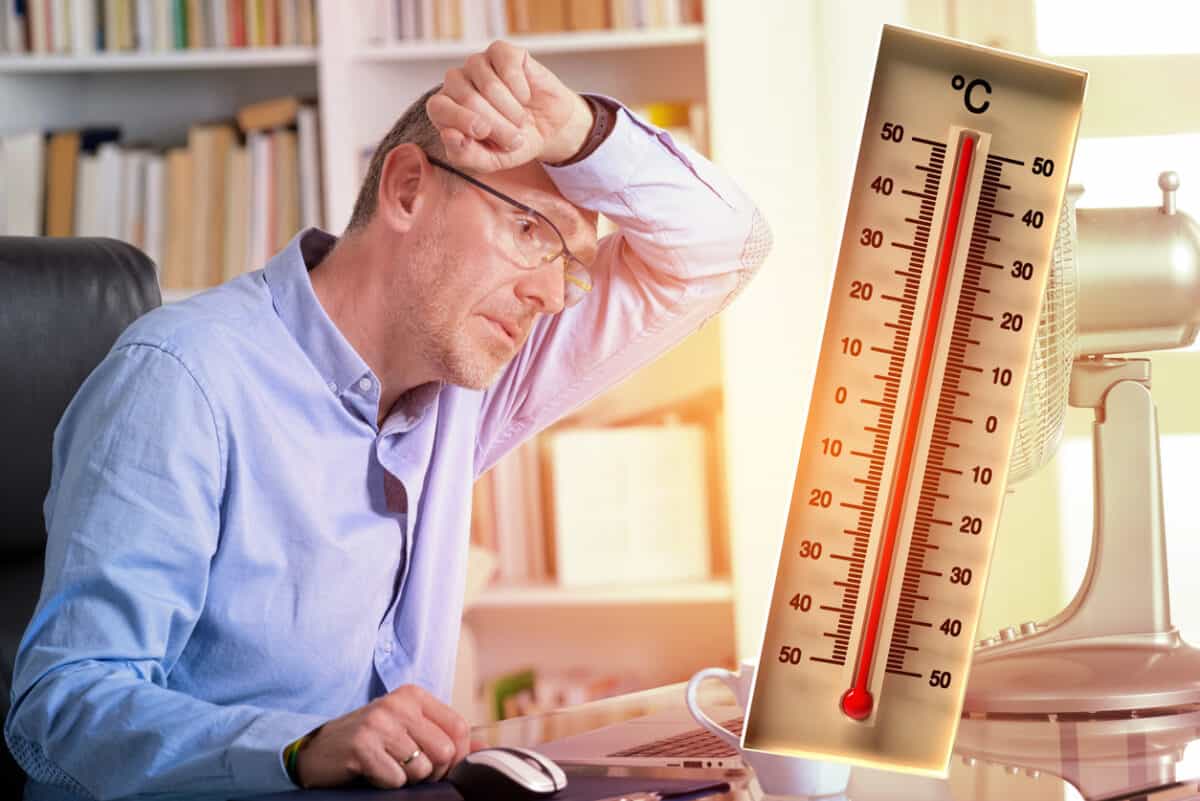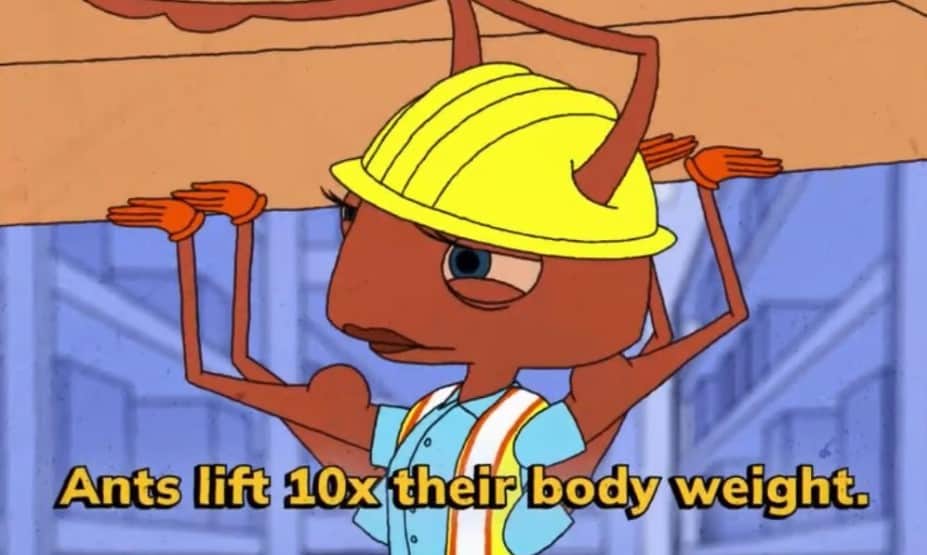Psychological safety at work is often referred to as a recent phenomenon or as an emerging risk. The hazard has captured people’s attention in Australia primarily because of a “mental health tsunami” that many relate to the COVID-19 pandemic, lockdowns and so forth.
WorkSafe Victoria released guidance on workplace bullying and occupational violence in the late 1990s and early 2000s. And in 2006 advised this in one of its office safety publications:







